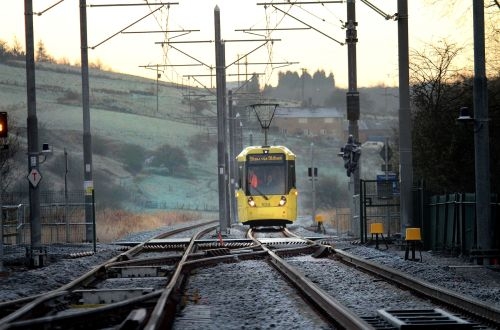Researchers will utilise computer modelling of the interface between rail vehicles and track to develop the new tool, with researchers also set to work in the field with some of Britain's busiest light rail networks.
Dr Adam Bevan, IRR's head of enterprise, who will lead the project, says there is currently no common set of standards for light rail networks in Britain with engineers drawing on their own experience, which is often from main line railways. The result is often overly conservative wear limits meaning that rails are replaced prematurely, increasing costs and disruption.
The funding is from the Low Impact Light Rail Scheme developed by UKTram, a representative body for the British light rail industry, which is supported by Innovate UK, Britain's innovation agency. The funding will support the project as it moves from the developer phase to real-life situations and is due for completion by October 2016.
Upon completion the tool will be made available to UKTram members with IRR providing technical consultancy to customise it to specific network conditions. The software and technical consultancy will also be available on a commercial basis to other light rail operators from around the world.

